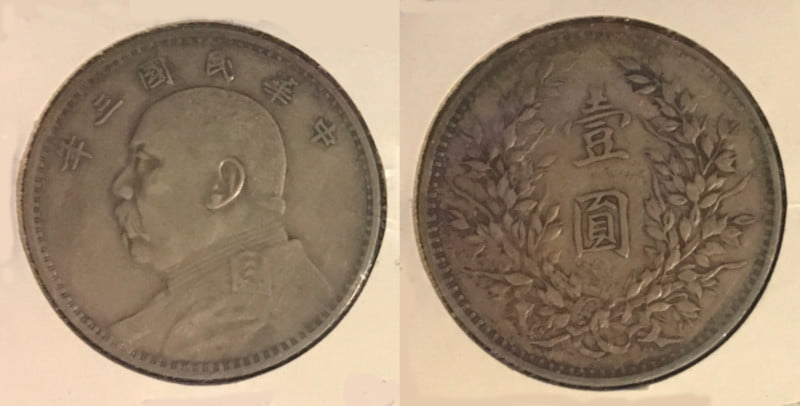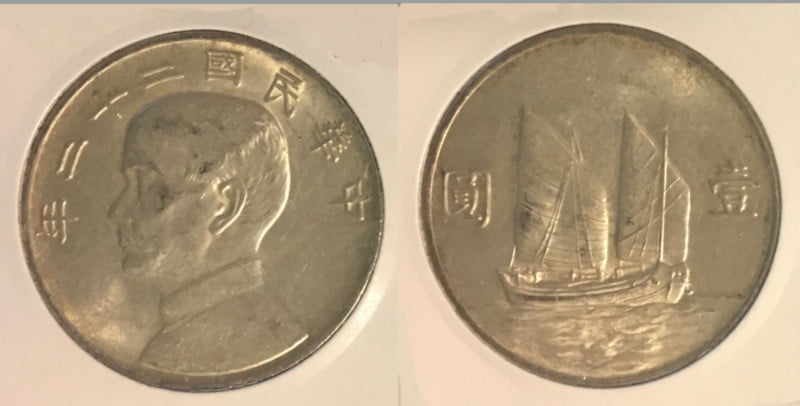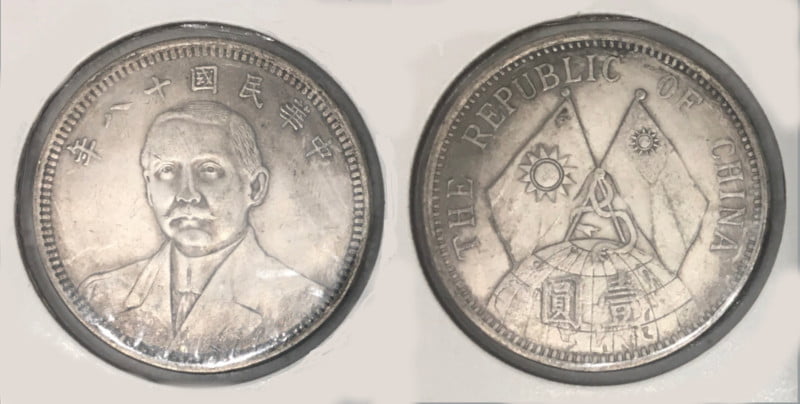The phrase “buyer beware” may not have been invented for people shopping in China, but it might as well have been.
After all, China is infamous for its pirated products. Whether its movies, software, watches, luxury goods, or toys (and at one point, music – but that seems to be changing – although that’s only because they haven’t figured out how to pirate Pandora or Spotify yet), Chinese counterfeiters make fake versions of almost any consumer good imaginable. In fact, some enterprising Chinese pirates have moved on from the consumer goods market, setting up things like fake Ikeas and Apple stores, and even fake law firms. Thanks to lax copyright law enforcement, pretty much the only thing in China that hasn’t been illegally copied and then passed off as the real thing has been the Great Wall (and give them time – someone will probably figure out how to do it). That’s why, when a hoax story about fake pork buns with cardboard inside made the rounds on the Internet a few years ago, everyone believed it.
All of this is just a roundabout way of saying: “Don’t buy coins from China – because they’re probably fake.”
Given my family’s background, I’ve amassed a large number of Chinese coins over the years. I have no idea whether or not they’re authentic. My family swears they are – none of them collected coins and the ones they obtained were done through lawful commerce. But of course counterfeit money is always prevalent – even in the marketplace – and some fake coins are so good that they can fool most people.
I have neither the training nor attention to detail necessary to learn how to spot fakes (the NGC has a good resource on commonly counterfeited Chinese coins, while Silver Monthly talks about how to detect fake silver coins, in general). Using a small electronic scale to determine whether my coins are the correct weight and striking it with another coin to see if it passes the silver “ding” test is the extent of my expertise. As such, I have to assume that these coins have very little investment or monetary potential. Instead, they’re valuable solely for sentimental reasons – in essence, they’re family heirlooms passed down from prior generations.

This coin is, perhaps, the most famous silver dollar in Chinese history. And, like the next coin in this blog post, this coin is one of the most widely counterfeited Chinese coins on the market.
On the obverse is a portrait of Yuan Shi-kai, a controversial general and politician who was, arguably, China’s true “last emperor.” Depending on your point of view, Yuan was either an influential revolutionary who helped bring about the end of centuries of dynastic, monarchist rule and did his best to drag a weak, primitive and backwards-looking country into the 20th century or a scheming opportunist who constantly sold out his allies and ideals in furtherance of his ultimate goal of amassing absolute power and founding his own dynasty. Or maybe he was a bit of both. Either way, his ill-fated attempt to crown himself emperor and revive the Chinese Empire after the Republican Revolution of 1911 ensured that the dominant view of historians would be the latter.
His enduring legacy is the silver dollar that bears his portrait. First minted in 1914, the coin was widely circulated and continued to be struck in the years following his 1916 death. With a composition of 89% silver, the coin was a stable form of currency and had a greater silver content than its predecessors, making it very popular amongst the general population – especially in the unstable decades following Yuan’s death, which were marked by warlordism, civil war and World War II. According to the NGC, the Shanghai Bank has estimated that 750 million of the 960 million silver dollars in circulation in China in 1924 were Yuan Dollars (although as a sign of Yuan’s fallen status, the dollars have been colloquially called “Fat Man Dollars” or “Yuan Big Head Dollars”).

Perhaps one of the reasons why Yuan is held in such low regard by historians is because he was perceived as the direct rival to Sun Yat-sen, the revolutionary leader who became known as the “Father of the Nation.” In fact, it was Sun, operating under the belief that Yuan was more capable of uniting the country, that stepped aside in favor of his rival to become President. After Yuan consolidated his power and made moves against Sun’s Kuomintang Party, the latter went into exile and called for another republican revolution. One of the few political leaders revered in both mainland China and Taiwan, Sun has no shortage of coins, medals, tokens and paper currency bearing his image.
The above “junk” dollar was China’s official silver dollar following the successful conclusion of the Kuomintang Party’s National Expedition in 1926, which had the effect of ending the warlord era and reunifying China under Nationalist rule. Sun had passed away in 1925, but he was still a revered figure, making him an obvious choice for the obverse portrait.
The reverse bears an image of a Chinese “junk” boat. This particular coin (if authentic) is somewhat valuable. The more valuable version of this coin has birds flying over the boat on the reverse, and a rising sun on the far corner that looks a lot like the Japanese war flag. That design was a coincidence – although it probably would have worked as a coin issued by one of the various Japanese puppet governments in China during World War II.
Ultimately, the Junk Dollar only lasted from 1932 to 1934, whereupon China went off the silver standard and onto paper currency. In 1949, the U.S. Mint restruck 30 million Junk Dollars – all dated 1934 – to help the Nationalists in their ultimately futile civil war with the Communists.

This Sun Yat-sen coin, on the other hand, was a non-circulating pattern – making it highly valuable, if authentic (a 2016 auction had one that was estimated at $400,000-$600,000). However, before I could finalize plans for my new money bin, I took it to several dealers who all told me that it was a fake. Indeed, when you compare it to an authentic one that sold in 2015, the portrait on the obverse is slightly different, as are some of the details on the ribbon in the reverse. So much for early retirement.
Nevertheless, the coin holds meaning for me. My paternal grandmother took this coin with her to Taiwan when she fled China in 1949. Maybe she thought it would be valuable someday, or maybe she simply wanted a memento from her old life. Either way, this coin symbolizes her resolve and strength – words that apply to my maternal grandparents, as well. They risked their lives, gave up their homes and many of their worldly possessions and started over in a foreign land so that their children would have opportunities they probably wouldn’t have had if they had stayed put. Heck, given subsequent events, fleeing probably saved their lives and made it possible for me to be here writing these words.
As far as I’m concerned, that makes this coin (and all of other ones I got from family members) priceless.

